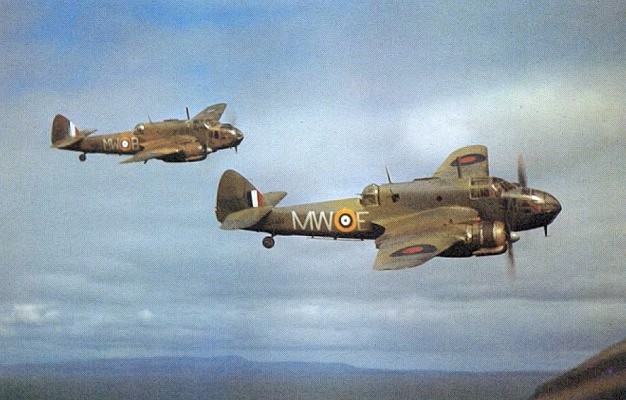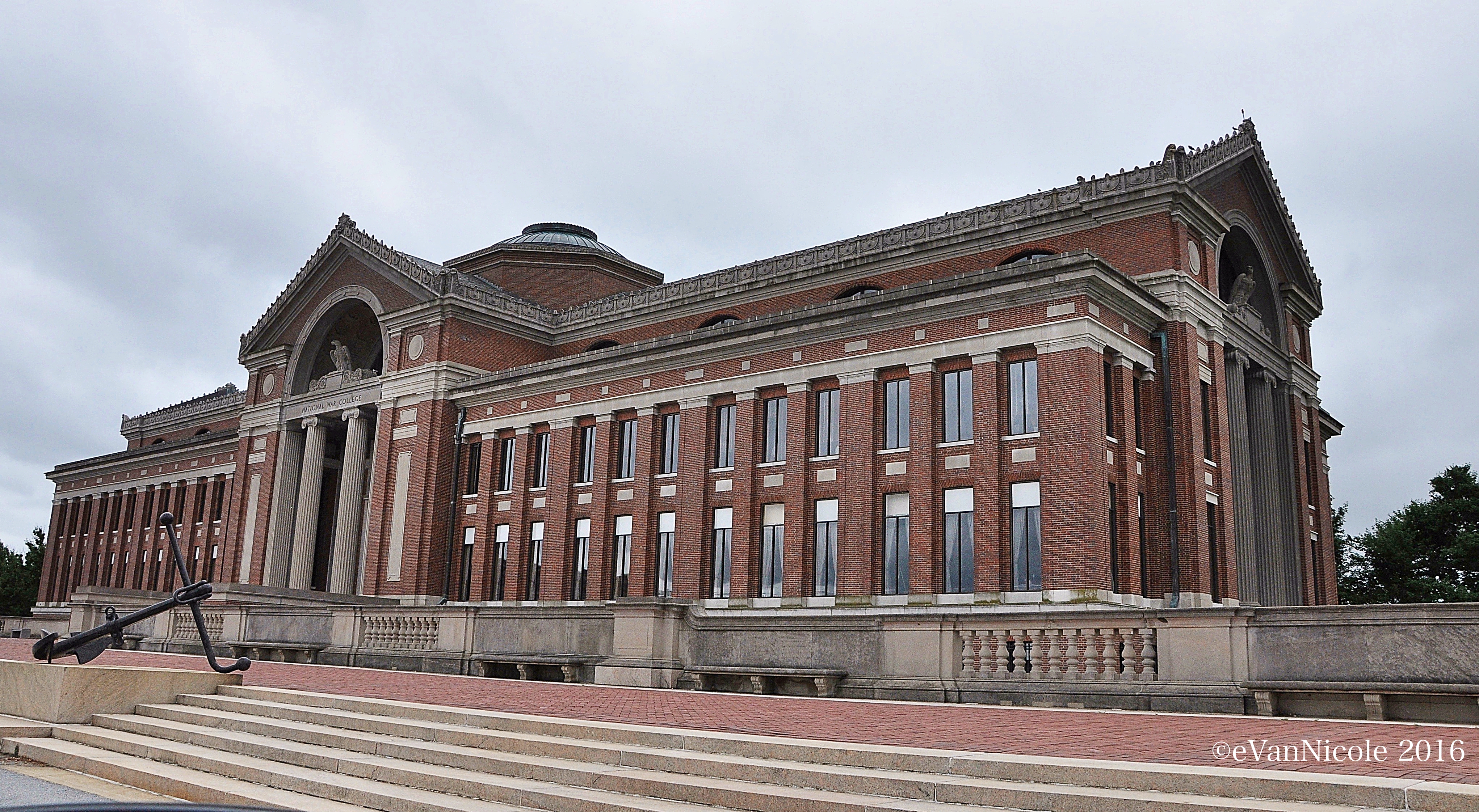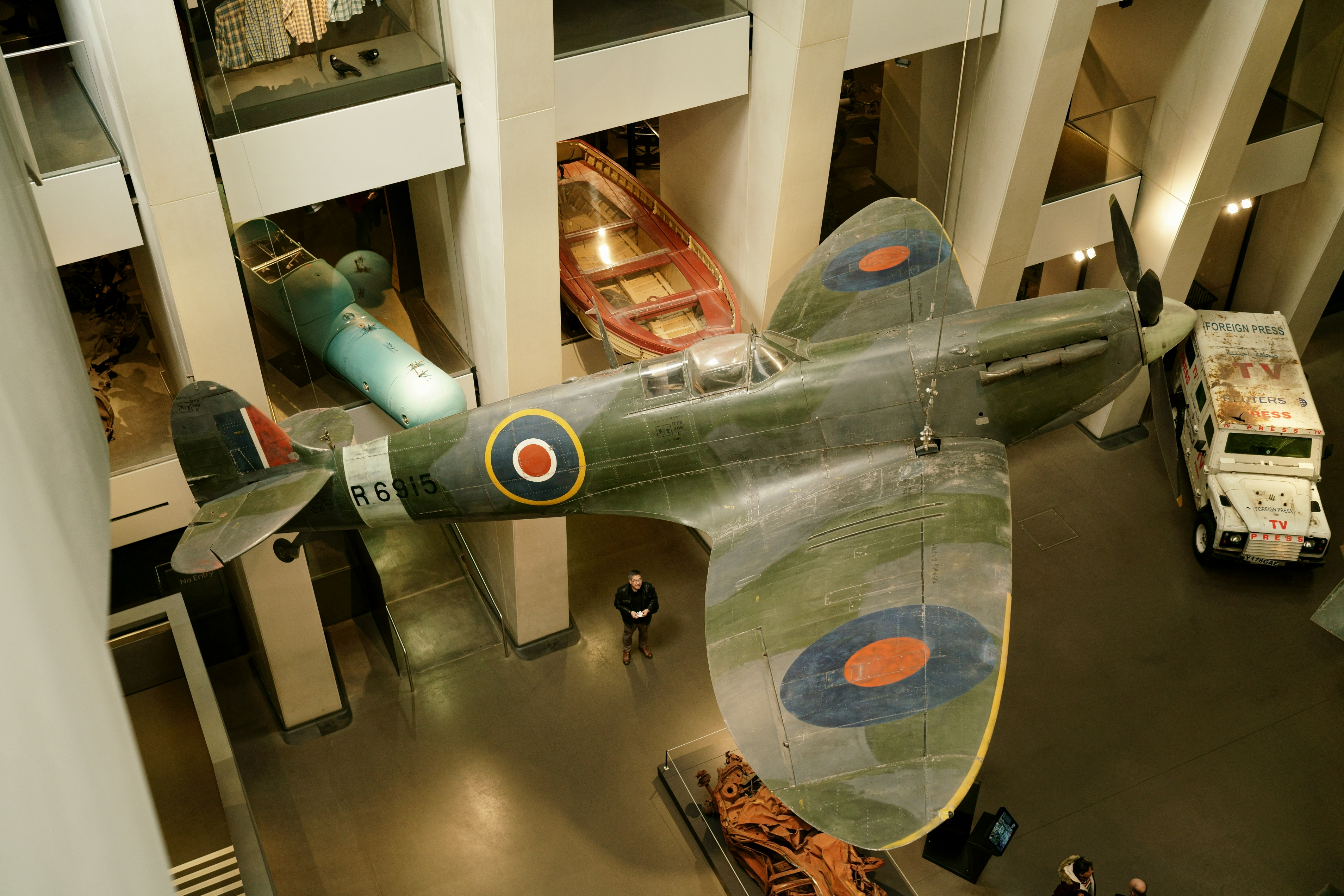|
RNAS Middle Wallop
Middle Wallop Flying Station is a British Army airfield located near the Hampshire village of Middle Wallop. It is the Headquarters for the Army Air Corps, and the 1st Aviation Brigade Combat Team, and is also used for Army Air Corps training. The base hosts 2 (Training) Regiment AAC and 7 (Training) Regiment AAC under the umbrella of the Army Aviation Centre. 2 Regiment performs ground training; 7 Regiment trains aircrew on AAC aircraft after they complete basic training at RAF Shawbury. The base is notable for having previously served as both a Royal Navy (as HMS ''Flycatcher'') and a Royal Air Force (as RAF Middle Wallop) controlled airfield, as well as an Army one initially as Middle Wallop Airfield. History Early use The base was opened as RAF Middle Wallop, a training school for new pilots in 1940. It was originally intended for bomber use; however, with the Battle of Britain being fought, No. 609 Squadron RAF, flying the Supermarine Spitfire Ia, and No. 238 Sq ... [...More Info...] [...Related Items...] OR: [Wikipedia] [Google] [Baidu] |
Middle Wallop
Middle Wallop is a village in the civil parish of Nether Wallop in Hampshire, England, on the A343 road. At the 2011 Census the population was included in the civil parish of Over Wallop. The village has a public house, The George Inn, and a petrol station as well as The Wallops Parish Hall. The Wallops Together the villages of Over Wallop, Middle Wallop and Nether Wallop are known as The Wallops and run in a line roughly north to south following the course of the Wallop Brook, which has its source in Over Wallop. Middle Wallop airfield To the East of the villages the area is dominated by the Middle Wallop airfield, home to the Army Air Corps, a branch of the British Army. It was supposedly the site of a battle between certain Vitalinus, possibly Vortigern, and Ambrosius Aurelianus Ambrosius Aurelianus (; Anglicised as Ambrose Aurelian and called Aurelius Ambrosius in the ''Historia Regum Britanniae'' and elsewhere) was a war leader of the Romano-British who won ... [...More Info...] [...Related Items...] OR: [Wikipedia] [Google] [Baidu] |
Royal Air Force
The Royal Air Force (RAF) is the Air force, air and space force of the United Kingdom, British Overseas Territories and Crown Dependencies. It was formed towards the end of the World War I, First World War on 1 April 1918, on the merger of the Royal Flying Corps (RFC) and the Royal Naval Air Service (RNAS). Following the Allies of World War I, Allied victory over the Central Powers in 1918, the RAF emerged as the largest air force in the world at the time. Since its formation, the RAF has played History of the Royal Air Force, a significant role in Military history of the United Kingdom, British military history. In particular, during the Second World War, the RAF established Air supremacy, air superiority over Nazi Germany's Luftwaffe during the Battle of Britain, and led the Allied strategic bombing effort. The RAF's mission is to support the objectives of the British Ministry of Defence (United Kingdom), Ministry of Defence (MOD), which are to "provide the capabilities nee ... [...More Info...] [...Related Items...] OR: [Wikipedia] [Google] [Baidu] |
RAF Chilbolton
Royal Air Force Chilbolton or RAF Chilbolton is a former Royal Air Force List of former Royal Air Force stations, station in Hampshire, England. The airfield was located in Chilbolton approximately south-southeast of Andover, Hampshire, Andover. Opened in 1940, it was used by the Royal Air Force and later by the United States Army Air Forces. During the war it was used primarily as a troop carrier airfield for parachutists. After the war it was used for military jet aircraft training before closing as an RAF station in 1946, although it was then used until the early 1960s by the Vickers-Supermarine and Folland aircraft companies for flight testing and development flying. Today the remains of the airfield are located on private property, being used as agricultural fields. History Royal Air Force use RAF Chilbolton was opened in September 1940 as a satellite of RAF Middle Wallop and was used as a relief landing ground. At first it was developed piecemeal with the addition ... [...More Info...] [...Related Items...] OR: [Wikipedia] [Google] [Baidu] |
John Cunningham (RAF Officer)
John 'Cat's Eyes' Cunningham (27 July 1917 – 21 July 2002) was a Royal Air Force (RAF) night fighter ace during the Second World War and a test pilot. During the war, he was nicknamed 'Cat's Eyes' by the British press to explain his success and to avoid communicating the existence of airborne radar to the Germans. Cunningham was born near Croydon Airport, London's main aerodrome. As a teenager, he was keen on entering the aviation industry. Temporarily abiding by his father's wishes for him to avoid the military, he approached the de Havilland company, and was accepted as an engineering candidate. Concurrently, he joined the Royal Auxiliary Air Force (RAuxAF) and became a member of 604 (County of Middlesex) Squadron. Cunningham began his training in August 1935, flew solo in March 1936 and received his wings in 1937. He became an established test pilot, gaining considerable flying time on different aircraft. In August 1939, Cunningham rejoined his squadron, now equip ... [...More Info...] [...Related Items...] OR: [Wikipedia] [Google] [Baidu] |
Bristol Beaufighter
The Bristol Type 156 Beaufighter (often called the Beau) is a British multi-role aircraft developed during the Second World War by the Bristol Aeroplane Company. It was originally conceived as a heavy fighter variant of the Bristol Beaufort torpedo bomber. The Beaufighter proved to be an effective night fighter, which came into service with the Royal Air Force (RAF) during the Battle of Britain, its large size allowing it to carry heavy armament and early aircraft interception radar without major performance penalties. The Beaufighter was used in many roles; receiving the nicknames ''Rockbeau'' for its use as a rocket-armed ground attack aircraft and ''Torbeau'' as a torpedo bomber against Axis shipping, in which it replaced the Beaufort. In later operations, it served mainly as a maritime strike/ground attack aircraft, RAF Coastal Command having operated the largest number of Beaufighters amongst all other commands at one point. The Royal Australian Air Force (RAAF) al ... [...More Info...] [...Related Items...] OR: [Wikipedia] [Google] [Baidu] |
National Defense University Press
The National Defense University (NDU) is an institution of higher education in Fort Lesley McNair, Washington, D.C., United States. It is funded by the United States Department of Defense aimed at facilitating high-level education, training, and professional development of national security leaders. As a chairman's Controlled Activity, NDU operates under the guidance of the chairman of the Joint Chiefs of Staff (CJCS), with Vice Admiral Peter Garvin, USN, as president. It is located near the White House and the US Congress. Components The National Defense University includes: * Colleges and schools ** Joint Advanced Warfighting School (JAWS) ** College of International Security Affairs ** Dwight D. Eisenhower School for National Security and Resource Strategy (The Eisenhower School), formerly the Industrial College of the Armed Forces ** College of Information and Cyberspace (formerly Information Resources Management College or "iCollege") ** Joint Forces Staff College ** N ... [...More Info...] [...Related Items...] OR: [Wikipedia] [Google] [Baidu] |
Vernon Keough
Pilot Officer Vernon Charles "Shorty" Keough (8 June 1911 – 15 February 1941) was an American pilot who flew with the Royal Air Force during the Battle of Britain in World War II. He was one of 11 American pilots who flew with RAF Fighter Command between 10 July and 31 October 1940, thereby qualifying for the Battle of Britain clasp to the 1939–45 campaign star. Biography Born in Elizabeth, New Jersey on 8 June 1911, Keough was the son of Charles K. Nezu and Constance Theresa Keough. He earned a civil pilot's license in America and was also a professional parachute jumper with over 500 jumps, performing at air shows across America. Second World War Keough and his friends and fellow Americans Andrew Mamedoff and Eugene Tobin were among 32 pilots recruited by American soldier of fortune Charles Sweeny to join the French Air Force. However, by the time they reached France, Germany had already invaded the country. The trio made their way to England and joined the Roya ... [...More Info...] [...Related Items...] OR: [Wikipedia] [Google] [Baidu] |
Andrew Mamedoff
Flight lieutenant Andrew Beck Mamedoff (12 August 19128 October 1941), known as Andy, was an American pilot who flew with the Royal Air Force during the Battle of Britain in World War II. He was one of 11 American pilots who flew with RAF Fighter Command between 10 July and 31 October 1940, thereby qualifying for the Battle of Britain clasp to the 1939–45 campaign star. Biography He was born in Warsaw, Russian Empire, in 1911 to Lev Mamedoff and Natalia Mamedoff (née Vonsiatsky). His father was an officer in the Special Corps of Gendarmes of the Russian Empire stationed in Poland, while his uncle was Anastasy Vonsiatsky, a Russian fascist politician. Mamedoff's family fled Russia after the Civil War, and lived in Europe for a short time. After Vonsiatsky had settled in Thompson, Connecticut, he convinced his wife to buy a neighboring farm for his sister's family. In Thompson, Mamedoff attended Tourtellotte Memorial High School. He later enrolled in Bryant University. ... [...More Info...] [...Related Items...] OR: [Wikipedia] [Google] [Baidu] |
Eugene Tobin
Flying Officer Eugene Quimby "Red" Tobin (4 January 1917 – 7 September 1941) was an American pilot who flew with the Royal Air Force during the Battle of Britain in World War II. He was one of 11 American pilots who flew with RAF Fighter Command between 10 July and 31 October 1940, thereby qualifying for the Battle of Britain clasp to the 1939–45 campaign star. Early life Born in Salt Lake City, Utah, but raised from early childhood in Los Angeles, California, the son of Ignatius Quimby Tobin and Mary Alicia Tobin (née O'Fallon). Tobin initially came to Europe to fight on the side of Finland against the Soviet Union's invasion of that country, but hostilities had ceased before he arrived. He was already a qualified pilot, having learned to fly in the 1930s. Tobin and Andrew Mamedoff had been flying friends at Mines Field in California before the war. Second World War Tobin and his friends and fellow Americans Andrew Mamedoff and Vernon Keogh were among 32 pilots rec ... [...More Info...] [...Related Items...] OR: [Wikipedia] [Google] [Baidu] |
Hugh Dundas
Sir Hugh Spencer Lisle Dundas, (22 July 1920 – 10 July 1995), nicknamed "Cocky", was a fighter pilot in the Royal Air Force (RAF) during the Second World War and later a senior broadcasting executive. He was promoted to squadron leader and awarded the Distinguished Flying Cross at the age of 21, advanced to wing commander at 22 and, at 23, was awarded the Distinguished Service Order and became one of the youngest group captains in the RAF. Dundas retired from the RAF in 1949, and was knighted in 1987 for his services to business and the media. Early life Born in Doncaster, on 2 July 1920, Dundas was a scion of a noble family. He was the grandson of the Scottish Liberal politician John Dundas and a great-great-grandson of Lawrence Dundas, 1st Earl of Zetland.Bishop 2004, p. 76. Dundas was also related to the Earl of Halifax.Franks 1980, p. 178. Like his elder brother John, he became fascinated by the idea of flying from childhood, and he joined the Auxiliary Air Force (AuxAF ... [...More Info...] [...Related Items...] OR: [Wikipedia] [Google] [Baidu] |
Battle Of France
The Battle of France (; 10 May – 25 June 1940), also known as the Western Campaign (), the French Campaign (, ) and the Fall of France, during the Second World War was the Nazi Germany, German invasion of the Low Countries (Belgium, Luxembourg and the Netherlands) and French Third Republic, France. The plan for the invasion of the Low Countries and France was called (Case Yellow or the Manstein plan). (Case Red) was planned to finish off the French and British after the Dunkirk evacuation, evacuation at Dunkirk. The Low Countries and France were defeated and occupied by Axis troops down to the Demarcation line (France), Demarcation line. On 3 September 1939, French declaration of war on Germany (1939), France and United Kingdom declaration of war on Germany (1939), Britain declared war on Nazi Germany, over the German invasion of Poland on 1 September. In early September 1939, the French army began the limited Saar Offensive but by mid-October had withdrawn to the start line ... [...More Info...] [...Related Items...] OR: [Wikipedia] [Google] [Baidu] |
John Dundas (RAF Officer)
John Charles Dundas, (19 August 1915 – 28 November 1940) was a Royal Air Force fighter pilot and flying ace of the Second World War credited with 12 victories. Born in West Yorkshire as the son of an aristocrat, Dundas was an able student and academic. After graduating from Christ Church, Oxford, he became a journalist and joined a newspaper in his home county. After two years, Dundas tired of life as a reporter and joined the Royal Auxiliary Air Force (RAuxAF) in July 1938, being commissioned as pilot officer in No. 609 Squadron RAF, No. 609 (West Riding) Squadron and trained as a pilot at his own expense. In May 1940 his squadron took part in the Battle of France, during which Dundas claimed his first two victories. Dundas remained with his squadron throughout the Battle of Britain, claiming nine German aircraft shot down. On 9 October he was awarded the Distinguished Flying Cross (United Kingdom), Distinguished Flying Cross (DFC) for 10 victories. At the time of his last ... [...More Info...] [...Related Items...] OR: [Wikipedia] [Google] [Baidu] |







